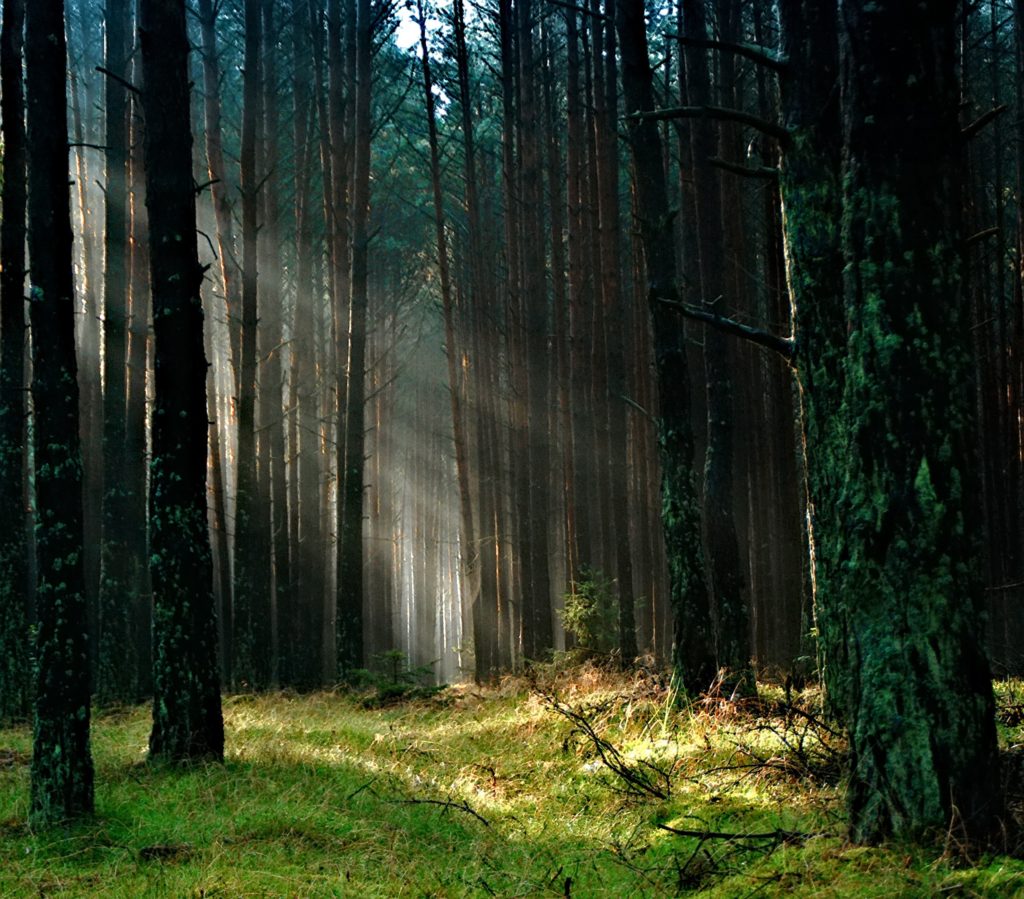
Visualizations exist in many forms, including 3D renderings, time-based animations, story maps, and virtual reality simulations. Landscape architects and designers use these tools to apply knowledge, generate alternatives, and forecast impacts and outcomes. The ability to visualize alternative environmental, economic, and policy scenarios and their outcomes across space and time functions as a power translational tool: it allows for more inclusive participation in decision-making and does not require technical expertise to understand.
Visualization of forest management practices to regenerate a northern hardwood forest. NZC team members from forestry and landscape architecture collaborated to develop this communication tool to tell the story of successful forest regeneration.
